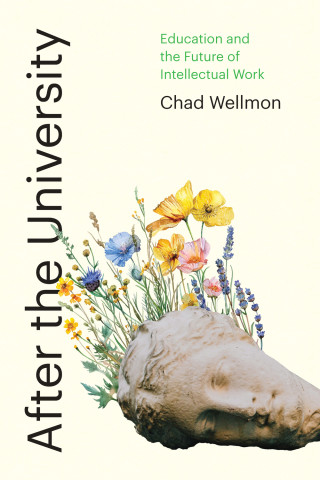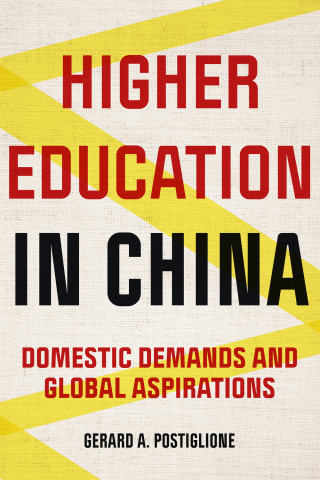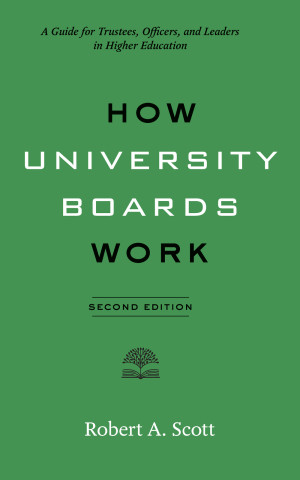
Reviews
An important historical analysis of college sport placed in the broader setting of American higher education. Thelin provides a helpful, even if dispiriting, perspective for not only thinking about current problems plaguing college sport but also for understanding why college sport has survived and why university leadership and the sports establishment have resisted major reform efforts.
A wonderfully easy read.
This book is an important addition to any canon of the field's literature.
A welcome book on an important subject.
An important historical analysis of college sport placed in the broader setting of American higher education. Thelin provides a helpful, if dispiriting, perspective for not only thinking about current problems plaguing college sport but also for understanding why college sport has survived and why university leadership and the sports establishment have resisted major reform efforts.
Book Details
Editor's Foreword
Preface to the 1996 Edition
Preface
Acknowledgements
Introduction: American Higher Education's "Peculiar Institution"
Chapter 1. The Reform Canon: The 1929 Carnegie Foundation Report
Chapt
Editor's Foreword
Preface to the 1996 Edition
Preface
Acknowledgements
Introduction: American Higher Education's "Peculiar Institution"
Chapter 1. The Reform Canon: The 1929 Carnegie Foundation Report
Chapter 2. Responses to Reform, 1930 to 1946
Chapter 3. Regional Pride and Institutional Prestige: College Sports and the "Booster" Campus
Chapter 4. Schools for Scandal, 1946 to 1960
Chapter 5. Faculty Control and the Irony of Reform: The Pacific Coast Conference, 1946 to 1959
Chapter 6. Critics and Controversies, 1960 to 1980
Chapter 7. From Sports Page to Front Page, 1980 to 1990
Epilogue: An American Dilemma: Balancing Academics and Athletics
Notes
Bibliography
Index






